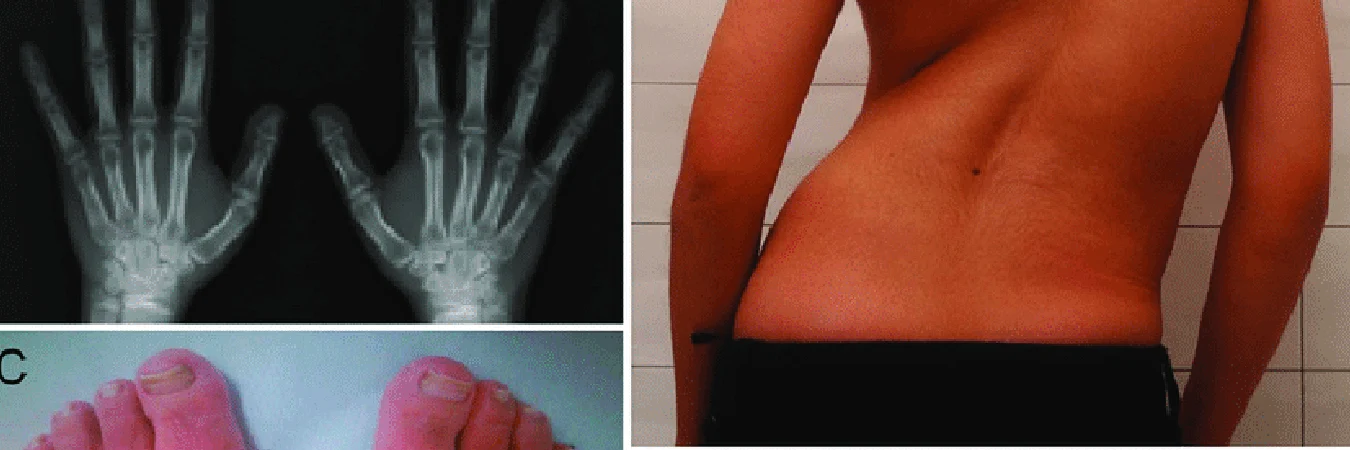RTS
The radial nerve originates from the cervical spine in the neck and extends down the arm to the wrist, governing the movement of the triceps muscle in the upper arm. However, in the forearm, there exists a structure known as the radial tunnel, which comprises muscle and bone, creating a passageway through which the radial nerve traverses. When anything obstructs this space, such as muscle inflammation, the radial nerve can become irritated, leading to pain, weakness, and impaired function. Typically, this inflammation results from overuse and repetitive motions associated with occupational or hobby-related activities that involve pushing, pulling, gripping, or grabbing with the hands and wrists. Radial Tunnel Syndrome (RTS), akin to Carpal Tunnel Syndrome, tends to affect women more frequently in the age range of 30-50, although not as commonly as CTS.
The symptoms associated with radial tunnel syndrome encompass:
- Forearm pain, fatigue, and weakness, which may manifest as:
- Exacerbation of pain during finger extension
- Pain on the back of the hand
- Pain just below the elbow
- Aggravation of pain with wrist rotation
- Discomfort on the outer side of the elbow
- Difficulty in grasping or lifting objects
- Impaired wrist extension
When a patient seeks my diagnosis, I often initiate the process by ordering X-rays to rule out mechanical issues like arthritis or bone spurs. A significant part of the evaluation involves an in-depth discussion with the patient, coupled with physical tests to assess the integrity of their radial nerve. During this dialogue, I inquire about their lifestyle, occupation, hobbies, and any repetitive motions they routinely perform.
In cases where radial tunnel syndrome is suspected, my approach typically includes initiating a treatment plan that involves periods of rest, over-the-counter pain relievers, and, in some instances, oral steroids to mitigate inflammation. Additionally, I recommend physical therapy and may prescribe a wrist or forearm brace to provide support and immobilize the affected area, facilitating the healing process.

